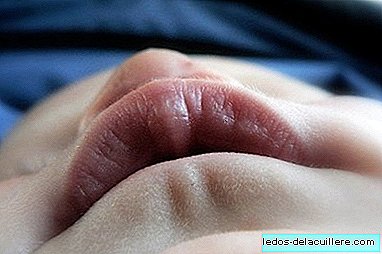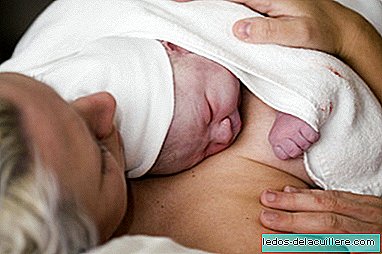
When we talked about dyslalias we saw that there was a subtype of them due to anomalies or malformations of speech organs; are the calls dysglossias.
To be able to make a correct pronunciation it is necessary that there is a balance between the structures that are involved in the speech and the different functions that they perform.
That is, it is necessary that the correct closure of the lips, adequate chewing and subsequent swallowing, a normal position of the tongue at rest and nasal breathing can be performed without any kind of difficulty or complication.
If this balance were not present or ineffective, the coordination and precision of the different organs and muscles would not be adequate and speech problems would appear.
What is dysglossia?
We have already said that Dysglossia is a disorder that prevents proper articulation of the phonemes by anatomical and / or physiological alterations of the articulatory organs of speech.
How is dysglosia diagnosed?
It should be verified that the organic structures that are involved in speech are competent, observing the shape, size and relationship between these structures and their functions.
It sometimes happens that it is necessary to ask an ENT specialist, an orthodontist or the neurologist to check certain structures.
Should consider the shape of the hard palate and the shape and functionality of the soft palate, as well as observe the size of the tonsils. The mobility of the palate veil is an important aspect to take into account in the exploration of the speech organs, since it intervenes in the murmur and in the successive emission of the different phonemes.
The way of closing the teeth It is also another aspect that must be observed, in case it can produce a bad habit of tongue placement.
Special attention to the way of breathing: by the nose or mouth; if there were problems breathing through the nose and compensation was made with oral breathing, it would cause bad tongue habits and possible infections.
Language it must be flexible and agile, have an adequate resting position, during chewing and during swallowing, since if it were somewhat altered it would affect speech.
The lips they must have an adequate structure and mobility for the correct pronunciation of different sounds, although sometimes they are importantly altered. However, there is attention to some type of fissure, asymmetry or scar, muscle tone, mobility ...
What are the causes of dysglosia?
The different causes that are associated with this type of pathology are many and varied and are located in the different organs that intervene in speech. It may be due to:
- Craniofacial congenital malformations
- Growth disorders
- Acquired anomalies as a result of lesions in the orofacial structure or surgical interventions
- Trauma
Taking into account the organ of speech that is affected and in which the malformation occurs, we will distinguish several types of dysglossias, which we will explain next day.












